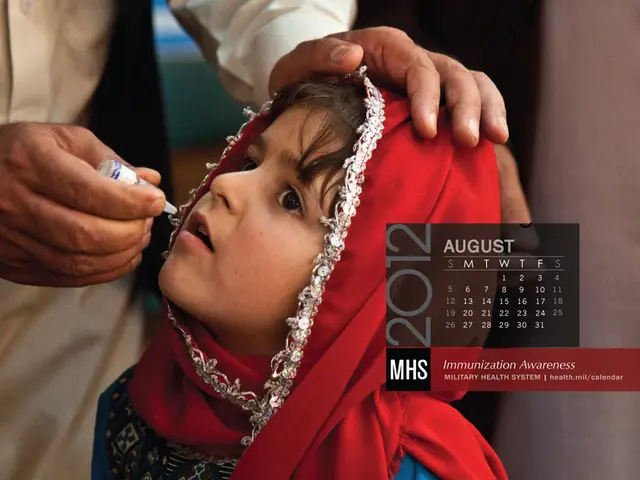Distinguishing Age Spots from Skin Cancer: Recognizing the Differences
Catching the Difference: Age Spots vs. Skin Cancer (Melanoma)
Sure, let's break this down in an easier-to-read, informal style. Here's your new and improved guide to spotting the difference between age spots and melanoma, a type of skin cancer.
Age Spots or Skin Cancer?
By looking closely at their appearance, location, and texture, you can determine whether that new mark on your skin is just an age spot or something more serious.
Age Spots
Age spots, also known as liver spots or solar lentigines, are a common change in skin appearance as you get older. They are usually harmless, but their appearance can be troublesome for some people. Here's a quick guide:
- Appearance: Age spots are generally flat, round, and the same color as your skin (light brown, tan, or black). They can be large or small, and they're often found on sun-exposed areas like your face, arms, and hands3.
- Symptoms: Typically, they don't itch, bleed, or cause any discomfort3.
Skin Cancer (Melanoma)
Compared to age spots, melanoma is much more serious. It can be deadly if not caught early. Be on the lookout for:
- Appearance: Melanomas often show the ABCDE characteristics:
- A: Asymmetrical
- B: Border: Irregular and blurred edges
- C: Color: Multiple colors or darker hues
- D: Diameter: Larger than a pencil eraser
- E: Evolution: Changes in size, shape, or color over time1
- Symptoms: Itching, bleeding, or pain are common symptoms of melanoma1
Treatment
Since age spots are usually harmless, treatment is typically cosmetic and focuses on reducing their appearance with medical-grade treatments like chemical peels, laser therapy, or topical creams4.
However, melanoma requires immediate medical attention. If you notice any suspicious spots, make an appointment with a healthcare professional right away2. Depending on the stage and location of the cancer, treatment options may include surgical excision, radiation therapy, or chemotherapy2.
Remember, the key to successfully treating melanoma is early detection. By staying educated and observant of your skin, you can catch potential problems before they become severe issues.
Now you've got the lowdown on age spots and melanoma – time to show your skin some love and keep a close eye on any changes!
References
Seniors should be particularly vigilant about checking for symptoms of skin cancer, as they are at a higher risk.Consult a dermatologist if you notice a mole that fits the ABCDE characteristics (asymmetrical, irregular borders, multiple colors, larger than a pencil eraser, and evolution over time) to rule out melanoma.Skin care practices, such as applying sunscreen regularly and avoiding prolonged sun exposure, are crucial in preventing skin conditions like melanoma.Health-and-wellness professionals, including oncologists and dermatologists, play a vital role in both diagnosing and treating skin cancer.*The science behind skin care and dermatology continues to evolve, providing new methods for both preventing and treating skin conditions like age spots and skin cancer.








